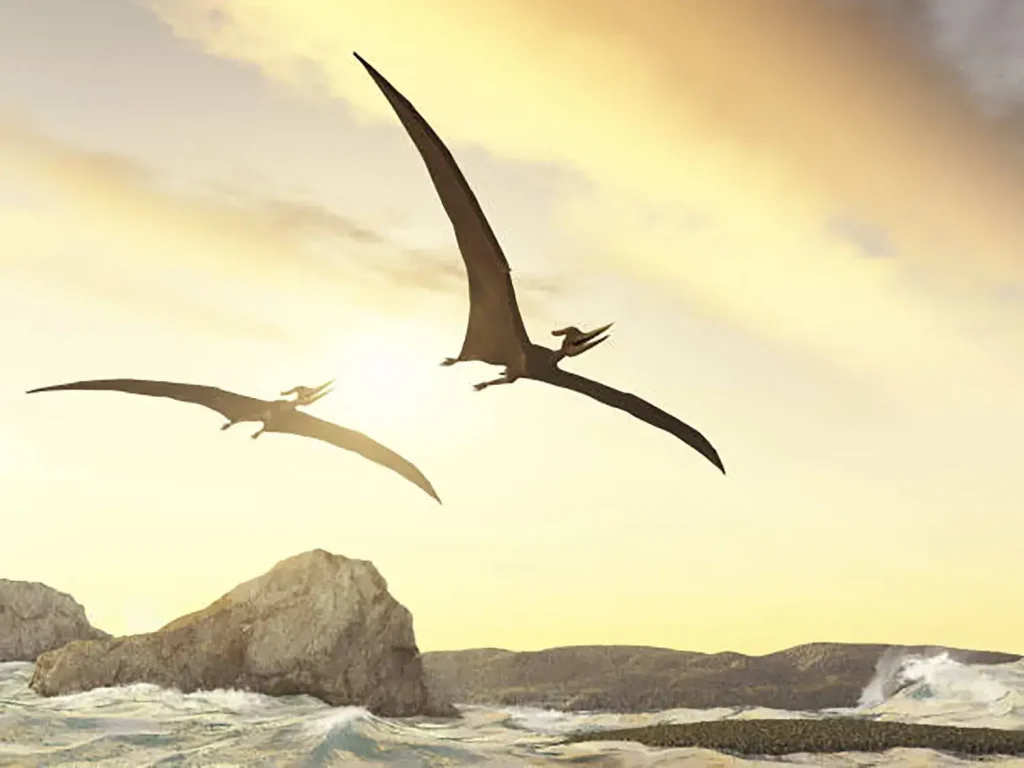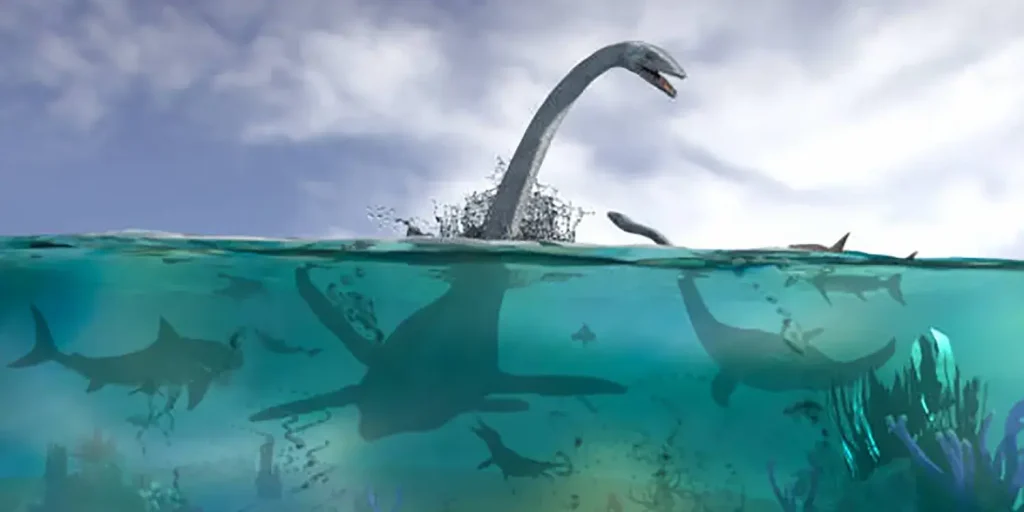What is a Dinosaur? The Evolution, Classification, and Astonishing Survival Strategies of the Ancient Giants.
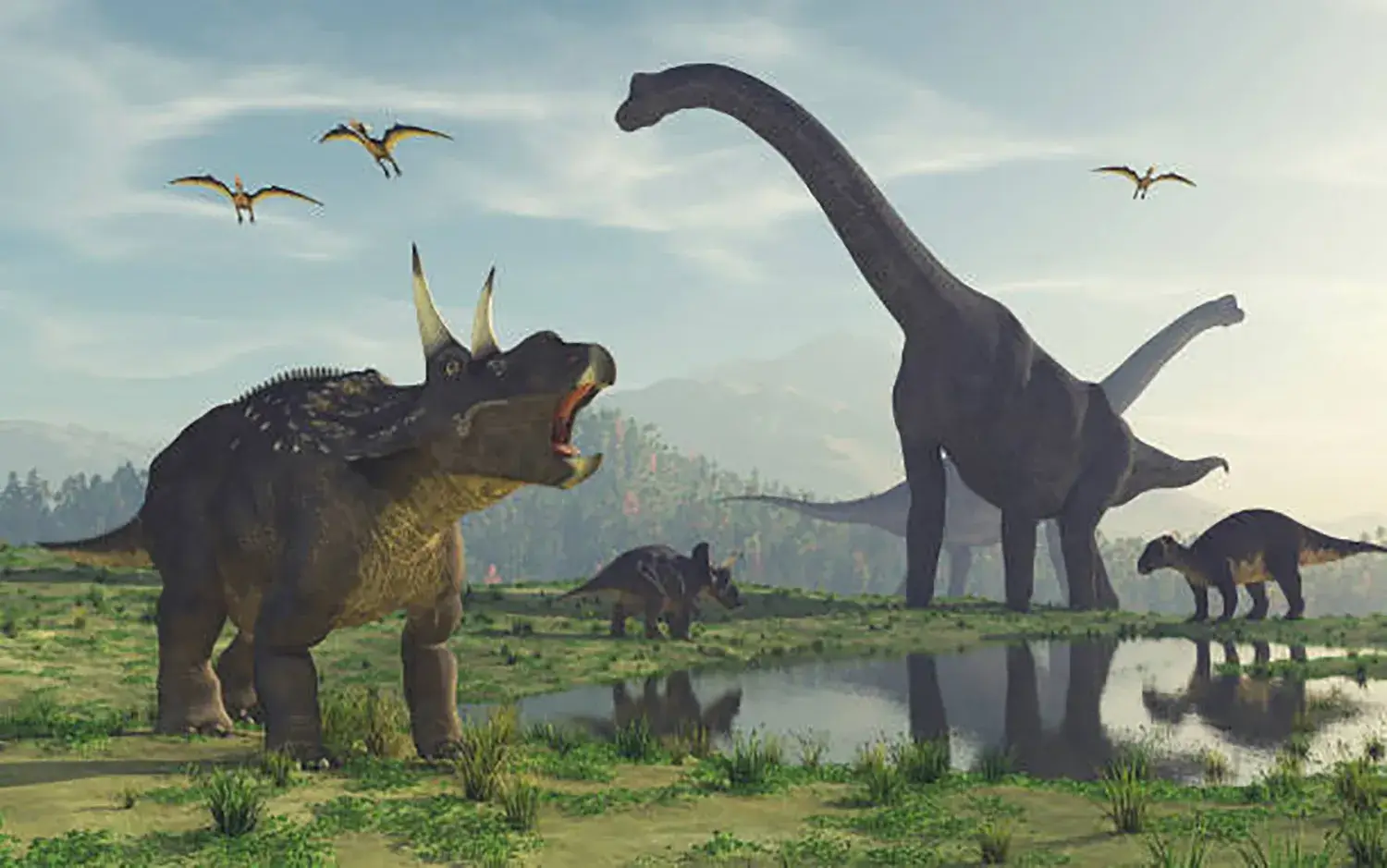
The name “dinosaur” is derived from the Greek words deinos (terrible/fearful) and sauros (lizard). Dinosaurs are a group of reptiles that flourished during the Mesozoic Era (Triassic, Jurassic, and Cretaceous periods).
Dinosaur relatives first appeared in the Triassic period about 230 million years ago and ruled the Earth for a vast span of approximately 160 million years.
The Academic Definition and Classification of Dinosaurs
Dinosaurs have a clear academic definition.
The current definition, based on cladistics, holds that a dinosaur is the “most recent common ancestor of birds (theropods) and Triceratops (marginocephalians), and all of that ancestor’s descendants.”
According to this definition, flying pterosaurs and marine reptiles like plesiosaurs and ichthyosaurs are not included as they diverged before this common ancestor.
Dinosaurs are broadly divided into two groups based on the shape of their pelvis (hip bone).
The table can be scrolled horizontally
| Classification | Pelvic Shape | Included Groups |
|---|---|---|
| Saurischia (Lizard-Hipped) | The pubis bone extends forward and downward, similar to a lizard’s pelvis. | Theropods (carnivorous dinosaurs like Tyrannosaurus) and Sauropods (long-necked herbivores like Brachiosaurus). |
| Ornithischia (Bird-Hipped) | The pubis bone extends backward, parallel to the ischium, similar to a bird’s pelvis. | Ornithopods (like Iguanodon), Ceratopsians (like Triceratops), and Ankylosaurs (like Ankylosaurus). |
Unique Body Structure that Supported Dinosaur Success
The greatest factor in the immense success of dinosaurs on land was their acquisition of an efficient body structure not found in other reptiles.
1. Upright Posture (Directly Downward Legs)
The most crucial structure characterizing dinosaurs was their upright posture, which allowed their legs to extend directly downward beneath the body.
Efficient Locomotion
This was excellent for supporting their body weight, enabling them to move quickly while keeping their body stable.
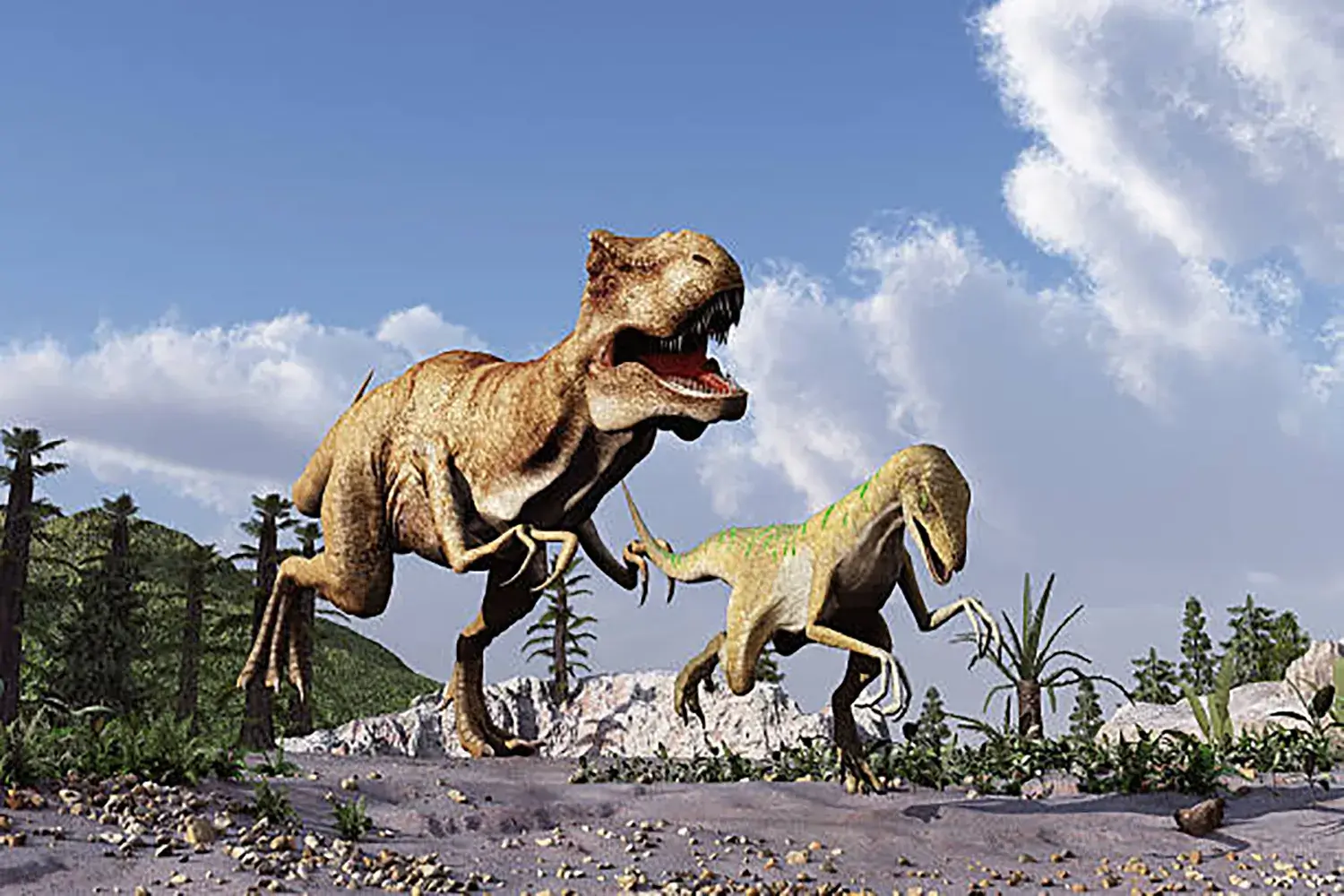
They could move quickly while keeping their body stable
Respiration Gain
Unlike sprawling reptiles, they did not need to undulate their bodies while walking, which meant they could maintain efficient breathing (a method of taking in oxygen) even while moving.
This capability was a major advantage that allowed dinosaurs to dominate the Late Triassic, when oxygen levels were lower.
2. Special Pelvic Structure
The dinosaur pelvis has a hole (acetabulum) into which the head of the femur fits securely, enabling the upright posture.
This piercing structure helped stabilize the dinosaur’s massive body and contributed to its agility.
Notably, many quadrupedal sauropods and ornithischians were initially capable of bipedal locomotion but are thought to have secondarily shifted to walking on four legs to support their gigantic bodies.
The Birth of Dinosaurs and Their Evolution into “Birds”
Dinosaurs emerged on Earth during the Triassic period, evolving the distinctive upright posture from the Archosauromorpha—a group of amniotes (animals that lay shelled eggs) that also led to crocodiles and pterosaurs.
The ability to reproduce on dry land with hard-shelled eggs also contributed to their success.
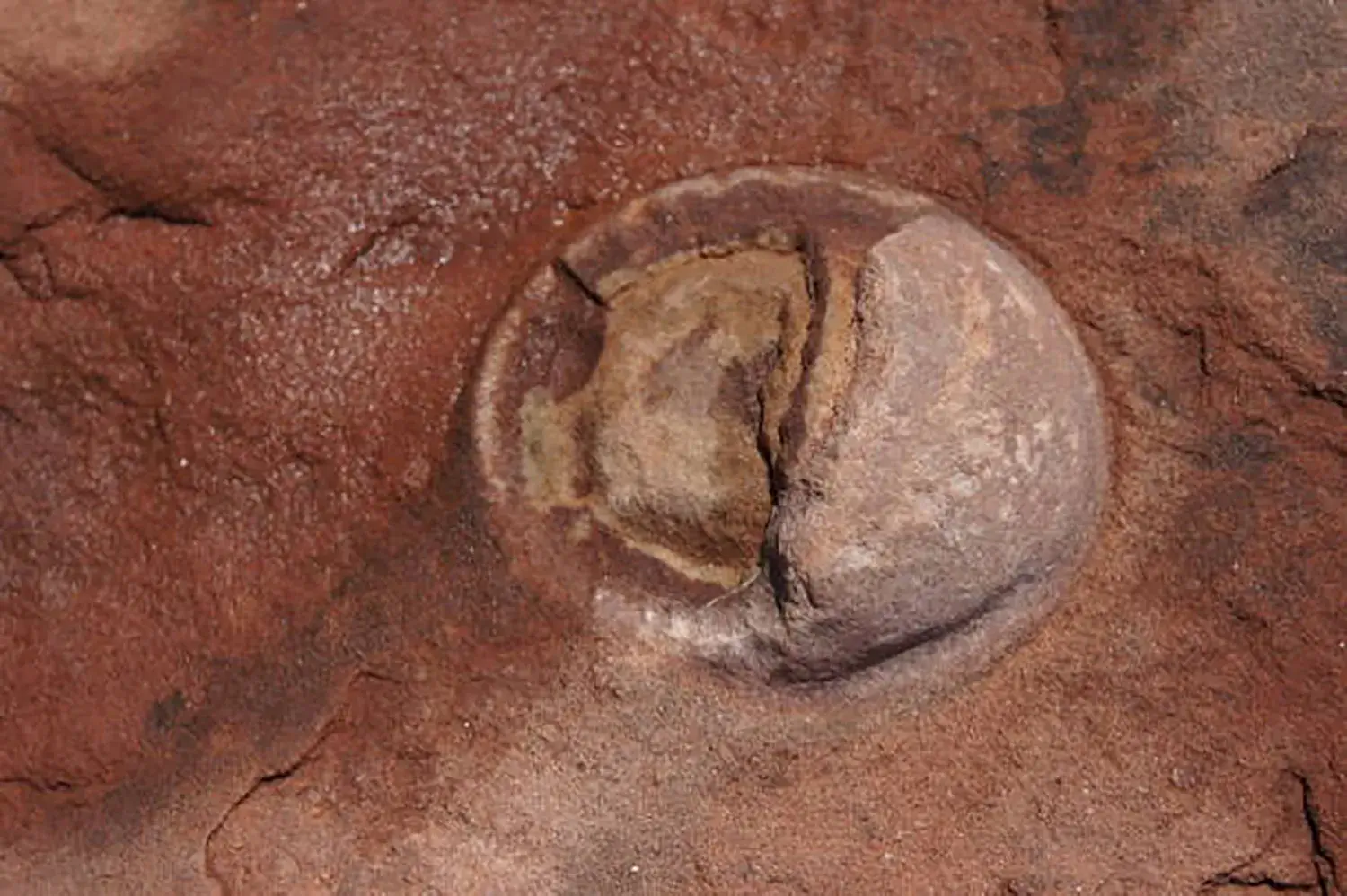
They could reproduce on dry land thanks to their hard-shelled eggs.
Dinosaurs are believed to have been endothermic (warm-blooded) creatures that could generate their own heat, rather than relying on external heat like other reptiles.
Due to the presence of feathers in some species, they are thought to have led active lifestyles similar to mammals.
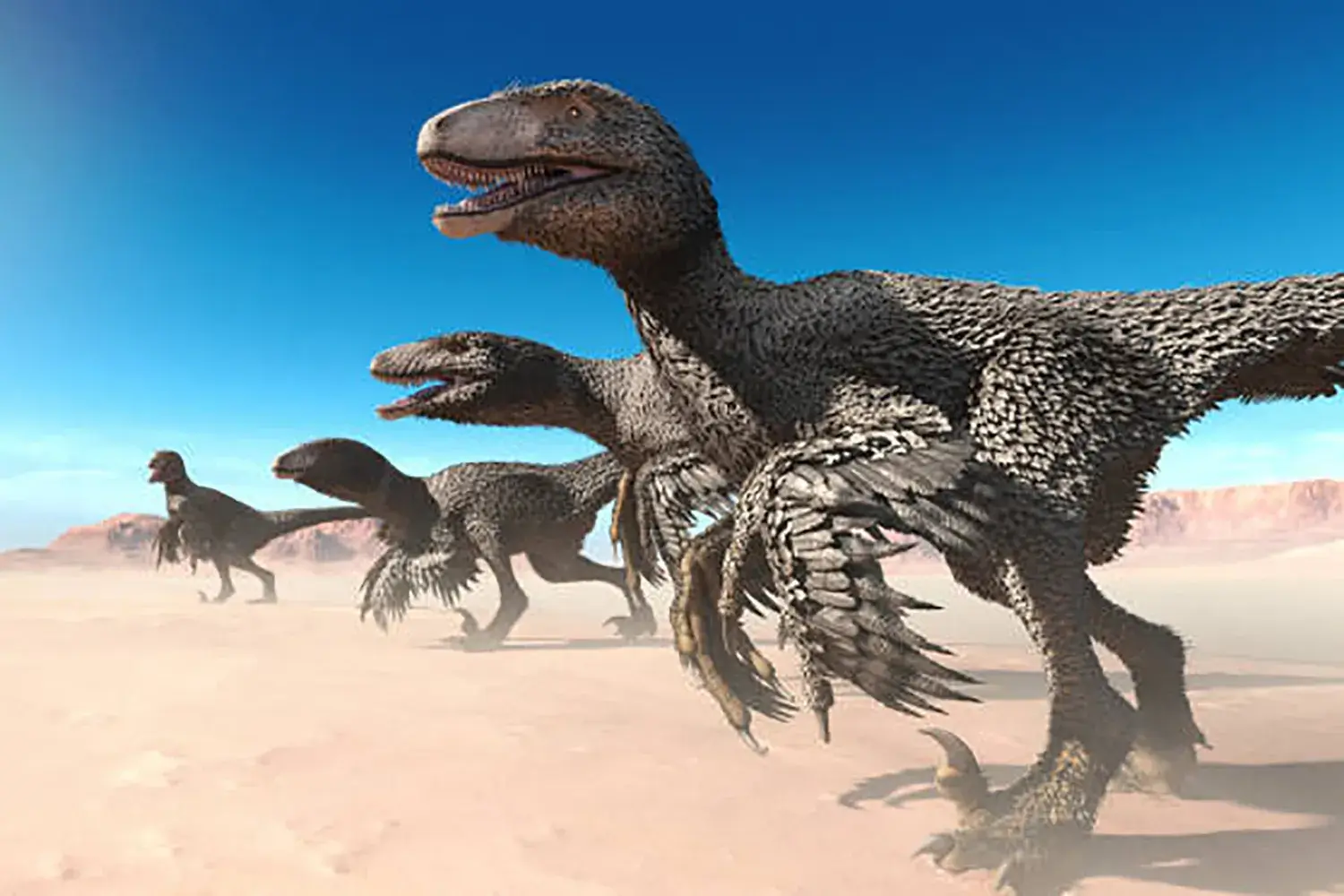
They are believed to have been endothermic creatures
The massive extinction event caused by a giant asteroid impact about 65 million years ago led to the disappearance of all dinosaur species except for the lineage that evolved into birds.
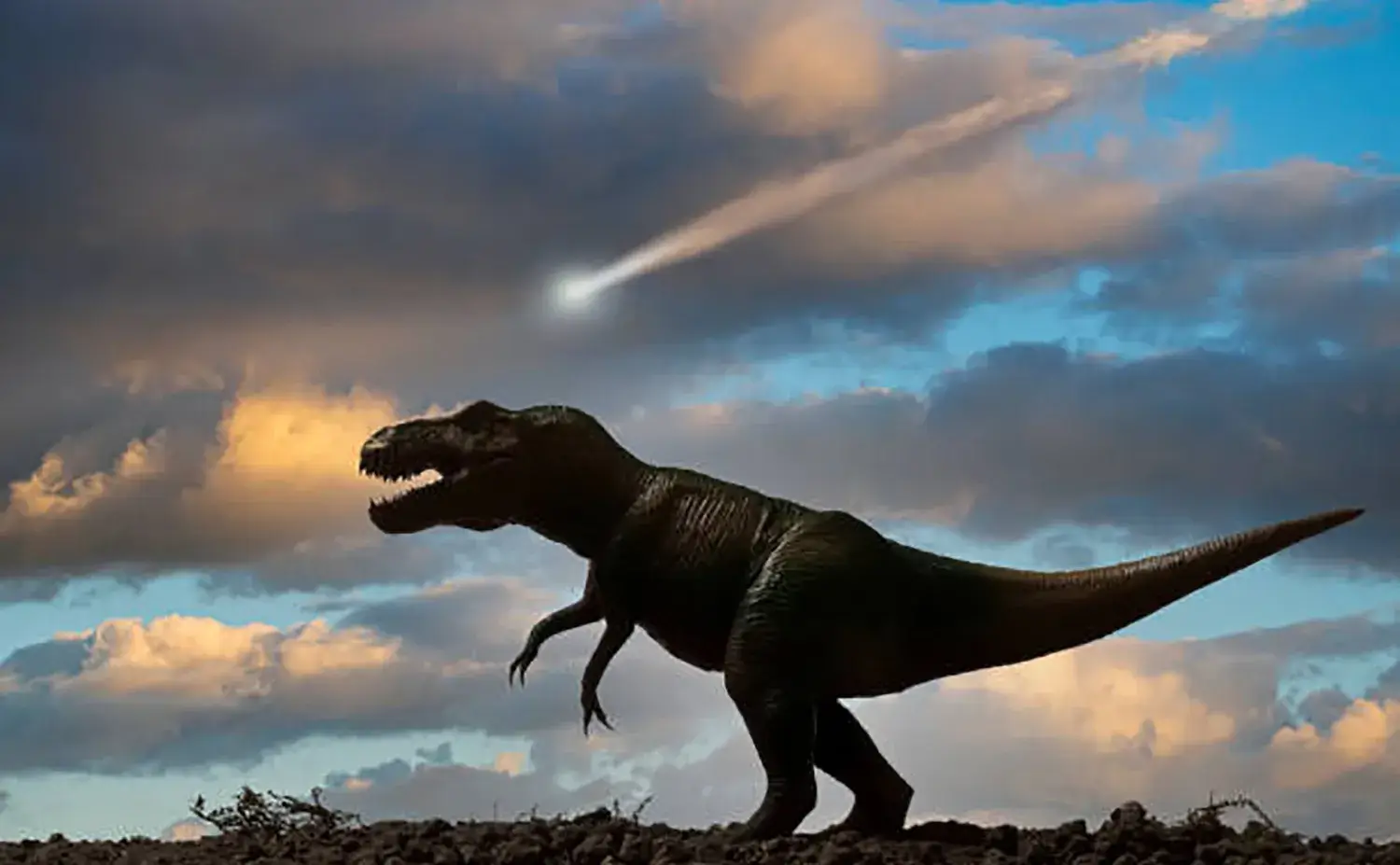
The ‘Asteroid Impact Theory’ is said to have driven the dinosaurs to extinction.
However, modern birds are believed to have evolved from small theropods.
In current taxonomy, birds are considered dinosaurs (theropods), meaning we are still living alongside the descendants of dinosaurs today.

Birds are believed to have evolved from small theropods.
